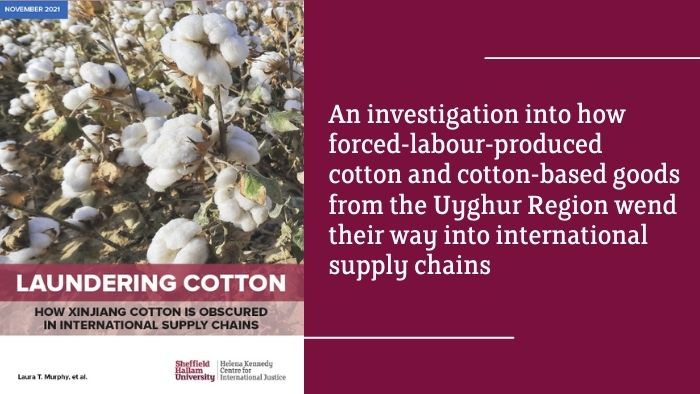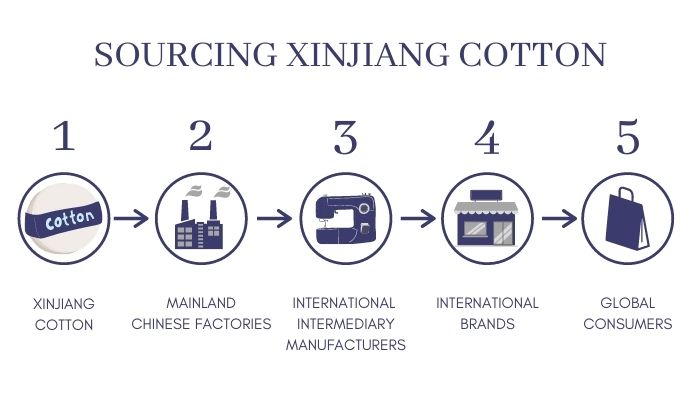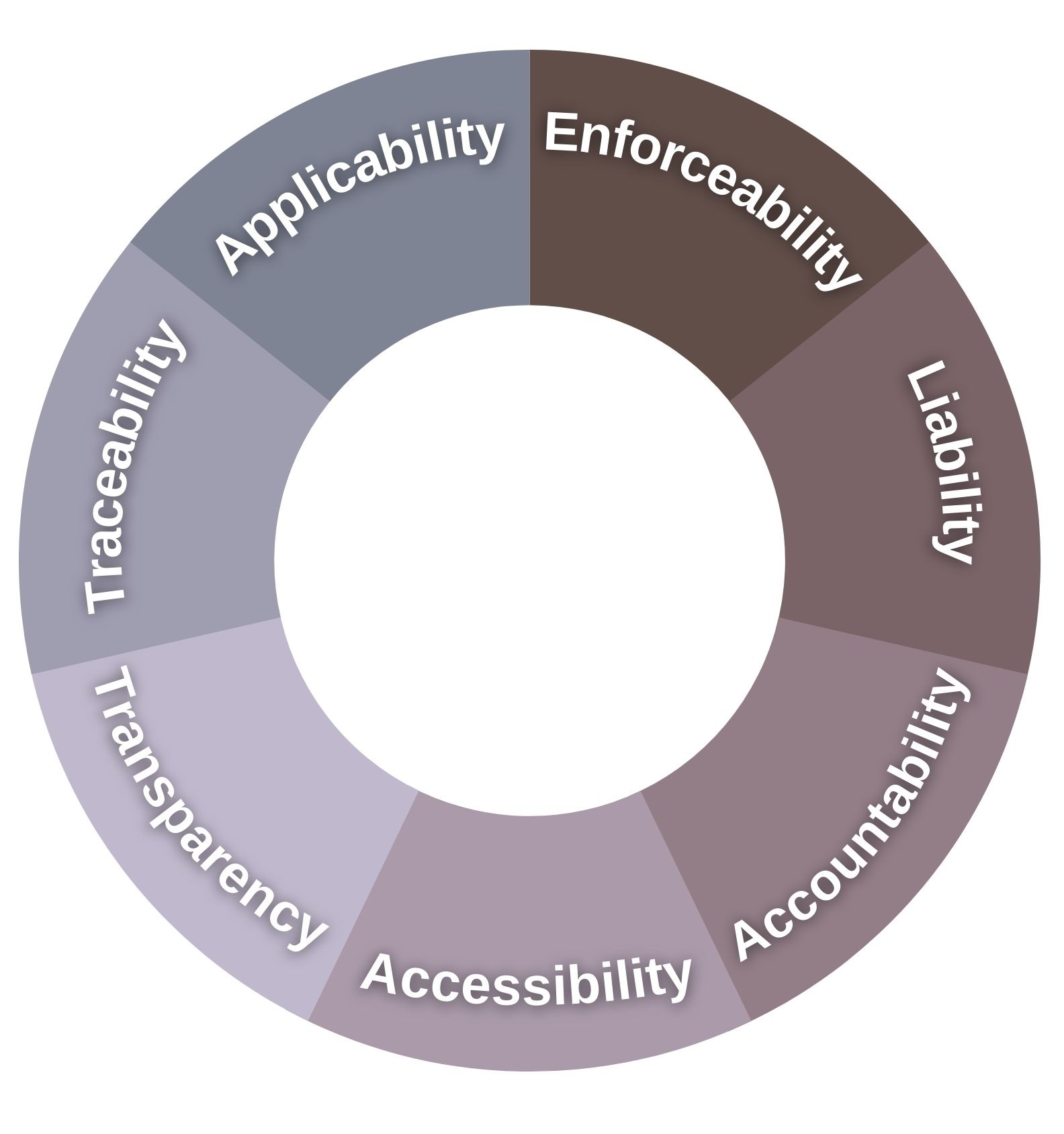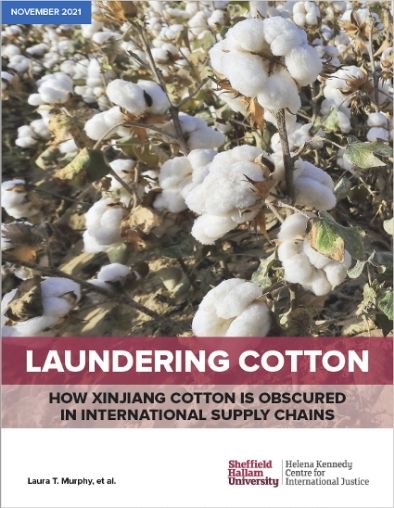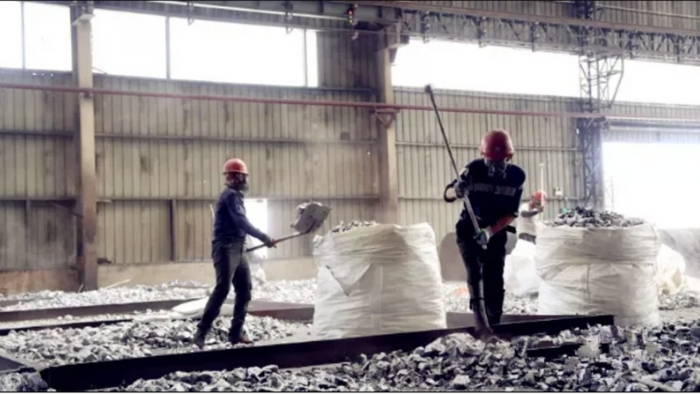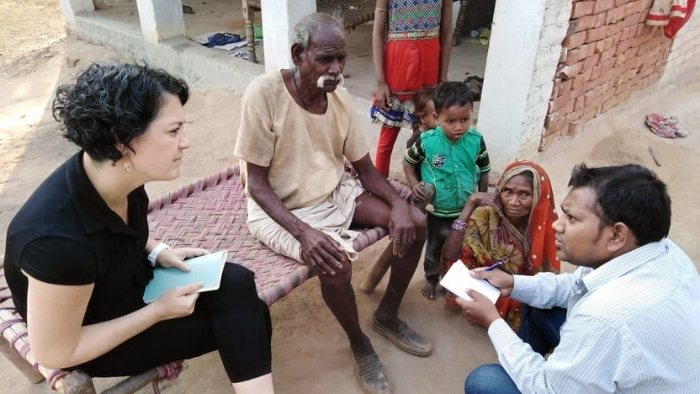The Uyghur Region produces approximately 85% of all of China's cotton, and in the last several years, China has encouraged the rapid growth of cotton goods manufacturing in the Uyghur Region. 52% of China's export of raw cotton, yarn, and fabric goes to Bangladesh, Vietnam, Philippines, Hong Kong, Indonesia and Cambodia. Manufacturers in these countries serve as intermediaries in finishing cotton-based apparel, thus obscuring the provenance of the cotton.
To better understand how Xinjiang cotton might be entering into transnational supply chains, we used publicly accessible customs data to investigate five leading textile companies (Huafu Fashion, Lianfa Textiles, Luthai Textiles, Texhong Textiles, and Weiqiao Textiles) to identify some of the routes by which Xinjiang cotton may be reaching international consumers, including through some of China's top cotton textile export partner countries. A review of state media and corporate disclosures reveal that these five companies have all sourced cotton from the Uyghur Region (at least through the fall of 2020), and most of them have subsidiaries there that have employed state-sponsored labor transfers. Through an analysis of the bills of lading, shipping records, and corporate disclosures of these five companies alone, we identified
- 53 intermediary manufacturers (from Indonesia, Sri Lanka, Bangladesh, Vietnam, India, Pakistan, Kenya, Ethiopia, China, and Mexico) that purchase unfinished cotton goods from five leading Chinese manufacturers that have sourced Xinjiang cotton, and
- 103 well-known international brands that are supplied by those intermediaries and are thus at high risk of having Xinjiang cotton in their supply chains.
Our research further identified several individual items of apparel that are currently being sold by international brands that run a high risk of being made of Xinjiang cotton due to the relationships between international intermediary manufacturers and Chinese companies sourcing cotton from the Uyghur Region.
